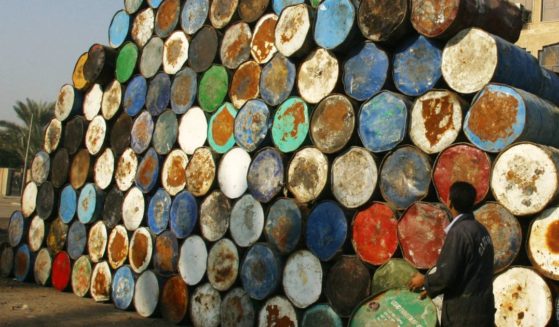Southern California tickled by tiny tremors every 3 minutes
WASHINGTON (AP) — There’s a whole lot of shakin’ going on in Southern California — 10 times more than seismologists had thought. But most of those earthquakes are so tiny that no one feels them.
Using a more accurate way of finding teeny tiny earthquakes, scientists counted 1.8 million of the temblors in Southern California from 2008 to 2017, according to a report in Thursday’s journal Science . The current catalog of quakes for the area has just under 180,000 for that decade.
Earthquakes happen when two blocks of Earth suddenly slip past each other. California is a seismic hotspot in the Lower 48 for earthquakes because of its many faults, including the San Andreas.
The new report found, on average, a tiny quake happening about every three minutes. Most were below magnitude 1.
“It means the Earth is failing all the time,” said study lead author Zachary Ross, a seismologist at the California Institute of Technology in Pasadena, California.
By finding more of these micro quakes, Ross and colleagues hope to find patterns about shaking swarms and better information about faults to help understand and maybe even predict the rarer but more dangerous larger quakes.
“Right now we really don’t understand fundamental things about earthquakes,” Ross said. “Anything would be a great help.”
Paul Earle, operations chief at the U.S. Geological Survey’s National Earthquake Information Center who isn’t part of the study, said the research gives experts “a new set of glasses for looking inside the Earth.”
To find the smaller quakes, the researchers used an older method that is based on the premise that earthquakes from certain places have unique wave patterns. “Kind of like fingerprints,” said USGS seismologist Susan Hough. She wasn’t part of the study but called it “pretty cool.”
The researchers looked for those quake fingerprints that wouldn’t normally be seen unless you look just for them. The devices that look for shaking are so sensitive they can even detect traffic, construction, ocean waves and large earthquakes across the planet, Ross said.
While computing power limited this type of work in the past, use of a supercomputer and new algorithms allowed the Ross team to do the needed work to find the Southern California quakes.
___
Follow Seth Borenstein on Twitter: @borenbears .
___
The Associated Press Health and Science Department receives support from the Howard Hughes Medical Institute’s Department of Science Education. The AP is solely responsible for all content.
The Western Journal has not reviewed this Associated Press story prior to publication. Therefore, it may contain editorial bias or may in some other way not meet our normal editorial standards. It is provided to our readers as a service from The Western Journal.
Truth and Accuracy
We are committed to truth and accuracy in all of our journalism. Read our editorial standards.












